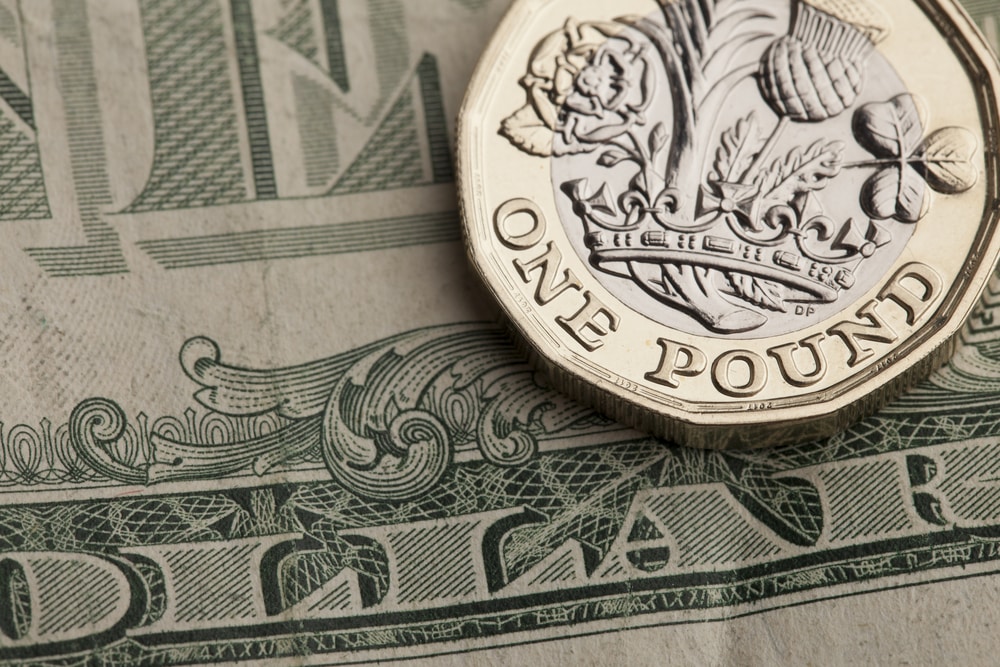
The British pound managed to stage some kind of recovery on Monday before the Christmas break got started in earnest.
Sterling had been facing a range of problems in recent days due to concerns that Prime Minister Boris Johnson wanted to insist on either a Brexit deal happening before the end of 2020 – or the country entering a “no deal” phase and bringing the transition period to an end.
In sum, this led to the worst weekly performance for the pound since 2016 last week. But today, some positive news for pound traders appeared to surface.
There was a rise of 0.3% for the currency at one stage in its pair against the US dollar, and it reached $1.3024 at one stage.
And in its pair with the euro, the pound also managed rise – although not to the same degree. It was up by a fifth of a percentage point at one moment, with the exchange rate resting at 85.11 pence to a euro.
Against the dollar, the single European currency had hardly changed – although it continues to remain below the $1.11 level.
More broadly, the US dollar had a relatively positive day thanks to a few nuggets of good news in the trade dispute – despite worries over the currency’s long term direction.
The consequences of the tentative trade agreement which the US and China struck on earlier in December have continued to flow.
On Monday, China announced that it was cut tariffs on various American products including components like specific semiconductors.
This has led to good support for the dollar among international traders. The US dollar index, which monitors how the currency is performing compared to several others around the world, was down a little by 0.1% – but it was still performing very well overall, and still close to the high point it reached on Friday.
As the end of the year wrap-ups begin, however, some analysts have sounded notes of caution for the dollar.
The dollar index has only risen by 1.5% over the course of 2019 – suggesting that there might be issues for the dollar in 2020.
“The big picture remains though that the dollar continues to struggle for direction again the other major currencies amidst record low volatility,” a group of analysts from financial services company MUFG said.
The resurgence of confidence around trade, and specifically the effects that this could have on China, heralded positive news for the Antipodean currencies.
The Australian dollar revealed a rise of 0.1% in its pair with the US dollar. It was at $0.6913 at one stage – while the New Zealand dollar went up by a fifth of a percentage point to $0.6618.
The foreign exchange markets are expected to slow down over the course of the next few days due to the Christmas Day holiday, which is celebrated in major North American, European and Antipodean markets.
It will be followed on Thursday by the Boxing Day and St. Stephen’s Day holidays, which are also celebrated in those areas.
 Between 74-89% of CFD traders lose
Between 74-89% of CFD traders lose  Your capital is at risk
Your capital is at risk  Your capital is at risk
Your capital is at risk  Your capital is at risk
Your capital is at risk